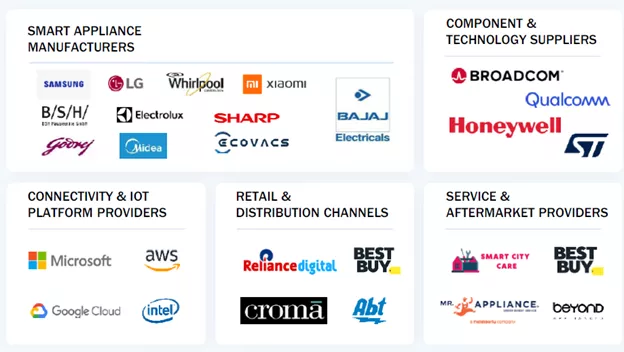The global optical communication and networking equipment market is estimated at USD 24.2 billion in 2022 and is projected to reach USD 36.6 billion by 2027, growing at a CAGR of 8.6% from 2022 to 2027.
The Americas has emerged as a major data center and cloud computing hub. It is the largest consumer of optical communication and networking equipment market. Also, the market growth in the region can be attributed to the enhanced application of advanced optical technologies such as quantum optics in aviation, industries, and the commercial sector in the region. Further, high defense spending and the presence of numerous important market players in the US are the key factors supporting the expansion of the market in the region.
Download Free PDF:
https://www.marketsandmarkets.com/pdfdownloadNew.asp?id=227693036
Top Players in North America:
Huawei Technologies Co., Ltd. (China), Cisco Systems, Inc. (US), Ciena Corporation (US), Nokia (Finland), II-VI Incorporated (US), ZTE Corporation (China), ADTRAN Inc. (US), Infinera Corporation (US), ADVA Optical Networking (Germany), and FUJITSU (Japan) are some of the key players in the optical communication and networking equipment market.
Opportunity: Expansion of telecom infrastructure in developing economies
The expansion of telecommunication infrastructure will have a substantial effect on developing countries in a positive way. With the advent of IoT, AI, and Big Data, there is an increasing demand for smart devices and other connected applications. The interconnected technologies across telecommunication sectors play an important role in capturing, translating, and transferring data into meaningful information, which is crucial for the reinforcement of urban infrastructure. The backbone for this kind of infrastructural development is a high-speed fiber optics network, which can transfer enormous amounts of data, at high speed, from one end to another. The implementation of the 5G network and 6G network requires high-bandwidth oriented fiber optical cables integrated with optical transceivers for secured and reliable data transfers. Therefore, the expansion of optical communication infrastructure across developing nations will drive the optical communication and networking equipment market in the future.
Challenge: Vulnerability of optical networks to hacking
Fiber optic technology-based storage and communication systems were deemed to be safer than the conventional copper cable-based systems as hacking into data within a fiber optic-based system required extremely sophisticated technology, which used to be only available to government agencies. However, in recent times, inexpensive hardware and software have started emerging. Hardware equipment such as optical/electrical converters transfer the converted signal via the Ethernet connection. Moreover, hacking is possible using sniffer software. With the advancement in technology, fiber hack is becoming commonplace, and the belief that the fiber-optic cable networks are secure is proving to be wrong. With these technologies, data theft is becoming easily possible for hackers, and it is not even getting detected. Fiber hack has been a major challenge for the optical network community and might lead to serious ramifications if not checked at the right time.

No comments:
Post a Comment